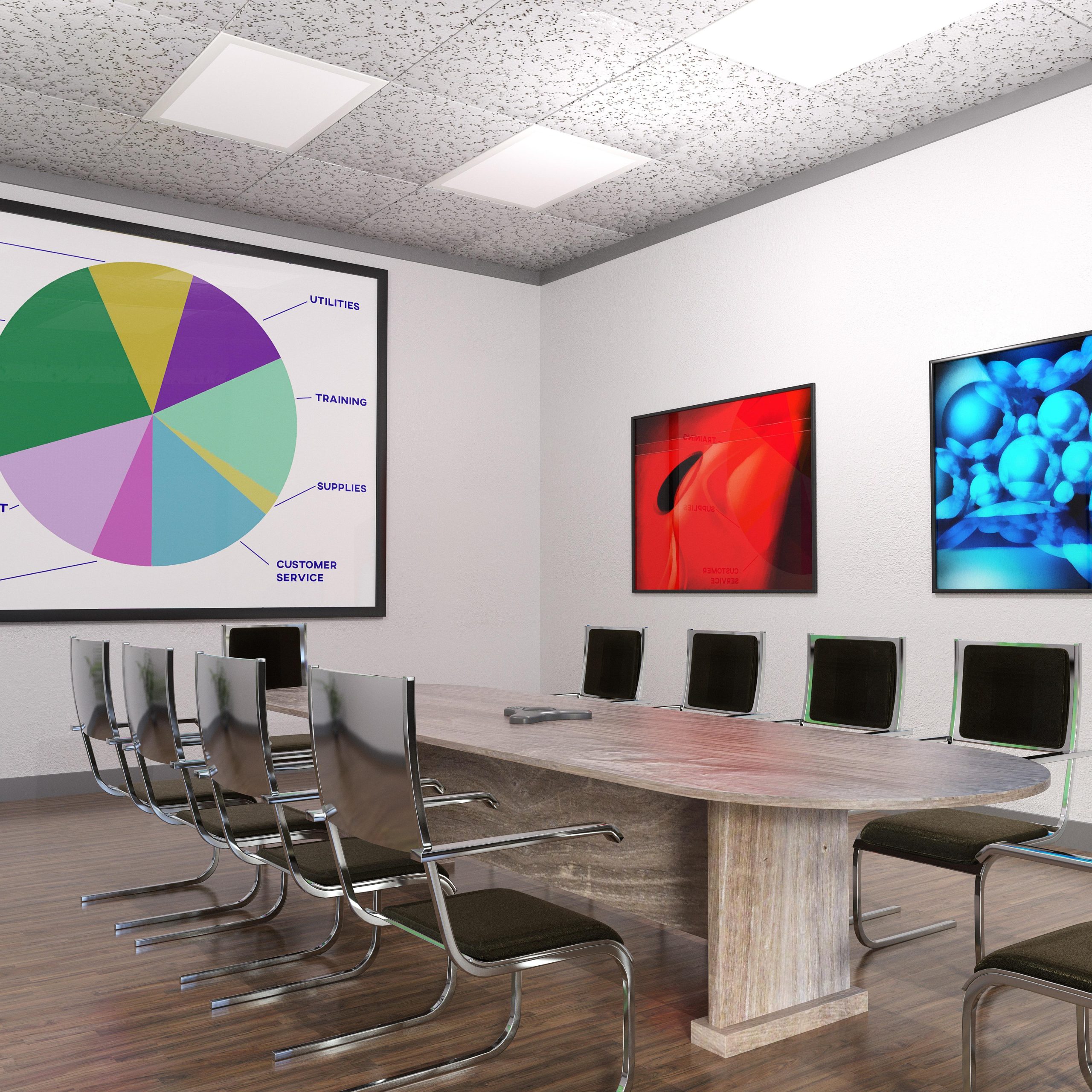Networking has always been a cornerstone of career success, but in 2025, it’s no longer just about exchanging business cards at conferences. The way professionals connect, collaborate, and grow has evolved dramatically.
With remote work, AI-driven platforms, and global opportunities, effective networking is about building genuine, mutually beneficial relationships—not collecting hundreds of contacts with no real connection.
In this article, we’ll explore networking strategies that actually work in 2025, so you can grow your career, open doors to new opportunities, and build a strong professional brand.
1. Focus on Relationship-Building, Not Just Contacts
The biggest mistake people make with networking is treating it like a numbers game.
In 2025, recruiters and professionals value quality over quantity. Having 50 strong, genuine relationships is far more powerful than 500 shallow ones.
- How to do this:
- Take time to understand people’s goals.
- Offer help before asking for help.
- Follow up consistently, not just when you need something.
👉 Networking is about mutual growth, not quick wins.
2. Optimize Your LinkedIn Profile
LinkedIn remains the most powerful networking platform in 2025. But it’s not enough to just have a profile—you need to make it stand out.
Key LinkedIn Tips:
- Use a professional photo (clear, approachable, well-lit).
- Write a headline that shows your skills and value, not just your job title.
- Create a compelling About section that highlights your expertise and career vision.
- Post insights, articles, or achievements regularly to stay visible.
👉 Treat LinkedIn as your digital business card and portfolio.
3. Leverage AI-Powered Networking Tools
AI is transforming networking by helping professionals connect smarter. In 2025, tools like Shapr, Lunchclub, and AI-based LinkedIn features suggest people you should meet based on your interests and career goals.
- Why it works: You meet people who are genuinely relevant to your career.
- Pro Tip: Be proactive—don’t just wait for AI to suggest; reach out with thoughtful, personalized messages.
👉 Instead of “Hi, let’s connect,” write:
“Hi Sarah, I noticed we share an interest in digital marketing and sustainability. I’d love to exchange insights on upcoming industry trends.”
4. Attend Virtual and Hybrid Events
The pandemic shifted networking online, and in 2025, hybrid events are the norm. You can attend conferences virtually from anywhere in the world.
- Where to find them: Eventbrite, Meetup, LinkedIn Events, and industry-specific communities.
- How to network effectively at virtual events:
- Participate actively in chat discussions.
- Ask thoughtful questions during Q&A.
- Connect with speakers and participants afterward on LinkedIn.
👉 Treat online events with the same seriousness as in-person events.
5. Master the Art of the Follow-Up
Meeting someone is just step one—the real magic happens in the follow-up.
Best Practices:
- Timing: Send a thank-you or connection message within 24–48 hours.
- Personalization: Mention something specific from your conversation.
- Consistency: Stay in touch every few months with updates, articles, or congratulations on achievements.
👉 Following up shows you value the connection beyond the first meeting.
6. Give More Than You Take
The best networkers are givers, not takers. In 2025, the most valuable connections are built when you offer support, advice, or opportunities first.
Examples of giving:
- Sharing a useful article or resource.
- Introducing them to someone in your network.
- Offering feedback on a project or idea.
👉 People remember generosity—it creates long-term trust.
7. Build a Personal Brand Online
Networking doesn’t only happen in DMs—it happens every time someone sees your online presence.
- Create content: Write LinkedIn posts, articles, or share short videos with insights.
- Engage with others: Comment thoughtfully on posts in your industry.
- Be authentic: Share not only achievements but also lessons learned.
👉 A strong personal brand attracts connections to you—you won’t always need to chase them.
8. Join Niche Communities and Groups
In 2025, niche communities have become powerful networking hubs. Instead of broad groups, focus on communities aligned with your career goals.
Examples:
- Slack or Discord groups for tech professionals.
- Private LinkedIn groups for marketers, writers, or designers.
- Alumni networks from your school or previous employers.
👉 Smaller, targeted groups mean deeper conversations and stronger bonds.
9. Practice Elevator Pitches with a Human Touch
You never know when an opportunity will arise—whether in an online meeting, a LinkedIn DM, or at an event. Having a short, compelling introduction ready is essential.
Example:
“I’m Alex, a UX designer passionate about creating inclusive digital experiences. Recently, I led a redesign project that increased user engagement by 40%. I love connecting with others working on accessible design.”
👉 Keep it short, clear, and authentic.
10. Be Consistent and Patient
Networking is not a one-time task—it’s a long-term investment.
- Set a goal to connect with 2–3 new people weekly.
- Block time monthly to check in with your network.
- Track your connections using tools like Notion, Airtable, or even a simple spreadsheet.
👉 Remember: The strongest networks are built over years, not weeks.
Common Networking Mistakes to Avoid
- Sending generic connection requests without context.
- Only reaching out when you need a favor.
- Talking too much about yourself without showing interest in others.
- Forgetting to follow up after initial meetings.
- Treating networking like a transaction instead of a relationship.
Other Articles :
How to Balance Learning and Working: Time Management Tips
Learning from Mistakes: Why Failure Is the Key to Success




